GIA LAI Many gardens are gradually turning their backs on chemical fertilizers and pesticides, gradually moving towards organic, sustainable agriculture.
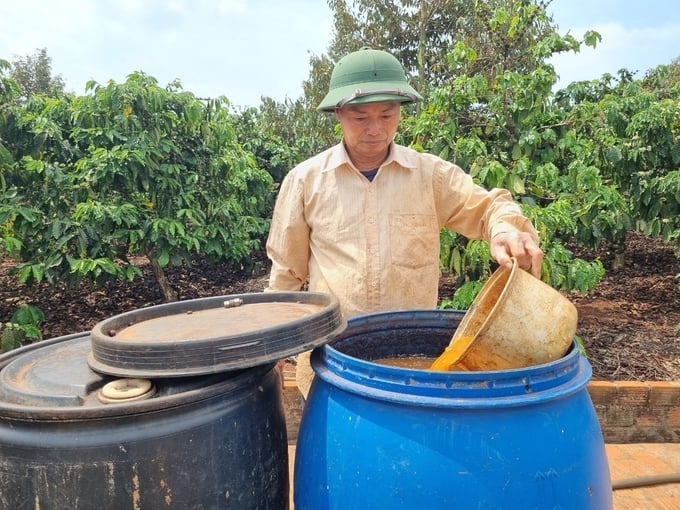
Mr. Pham Doanh Cach produces organic fertilizer from indigenous microorganisms. Photo: Tuan Anh.
Growing coffee organically helps Mr. Pham Doanh's family save costs, protect the environment, and improve coffee quality.
Lush green coffee in the midst of the drought
Under the scorching summer sun, the 3-hectare coffee garden interspersed with hundreds of durian trees of Mr. Pham Doanh Cach's family (Ngai Ngo village, Ia Hrung commune, Ia Grai district, Gia Lai province) is still lush and green. The sprinkler system brings cool water to each tree, along with nutrients from organic fertilizers, helping the family's coffee and durian gardens stand out in green in the vast space during the dry season.
Mr. Cach said that in the past, due to traditional farming methods, using a lot of chemical fertilizers and uncontrolled spraying of pesticides, the soil was infertile and contaminated, the coffee trees quickly withered and aged, and the yield was unstable. Not to mention that in recent years, the price of chemical fertilizers has been increasing, and the quality of fertilizers is not guaranteed, causing the plants to grow less and less well.
After a long time of struggling to find a direction for coffee trees, which are the main crop of his family, Mr. Cach realized that only organic farming can develop sustainably over time. However, at that time, Mr. Cach had almost no idea how to use organic fertilizers or what kind of fertilizers were effective for coffee trees.
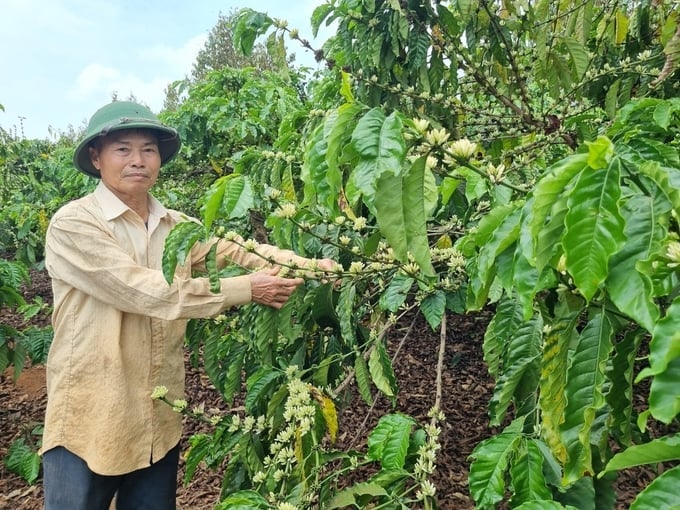
Thanks to the use of organic fertilizers, Mr. Cach's family's coffee garden is always green even in the harsh drought period. Photo: Tuan Anh.
It was not until 2022, when he happened to pass by Chu Pah district to exchange and learn about sustainable coffee care processes, that Mr. Cach was introduced to organic fertilizers produced from indigenous microorganisms (IMO). Here, he was instructed on how to produce organic fertilizers from fish protein and soybeans to fertilize his coffee garden.
“Last year, due to unfavorable weather, my family and most people here had a bad coffee crop. However, thanks to the use of organic fertilizers, when harvested, the coffee berries were still fresh and ripe, not dried out due to the use of chemical fertilizers like before,” Mr. Cach shared.
According to Mr. Cach, in previous years, his family mainly used chemical fertilizers for coffee trees with huge investments, not to mention pesticides and medicine, so the total cost for the coffee garden was up to hundreds of millions of dong.
Over the past 2 years, the family has been much less stressed as the cost of investing in organic fertilizer has been reduced by more than 1/3 compared to before. Most importantly, the coffee trees are always green and grow more sustainably.
“When switching to organic fertilizers, my health and that of my family has improved significantly. Previously, when using chemical fertilizers, my family had to fertilize each tree, but when switching to organic fertilizers, we only need to apply fertilizer through the irrigation pipe to save money, which does not affect our health and saves labor. More importantly, the amount of fertilizer applied evenly helps the trees grow more and more sustainably,” Mr. Cach shared.
Aiming for high quality coffee
Taking us around the coffee garden, Mr. Cach said that using organic fertilizers will not help coffee plants grow as fast as chemical fertilizers, but will slowly seep into the soil, helping the plants to have greener leaves and thicker fruits. On the other hand, because the family is aiming for high-quality coffee, they must mainly harvest ripe fruits, and using chemical fertilizers will cause the coffee fruits to dry out and be of poor quality.
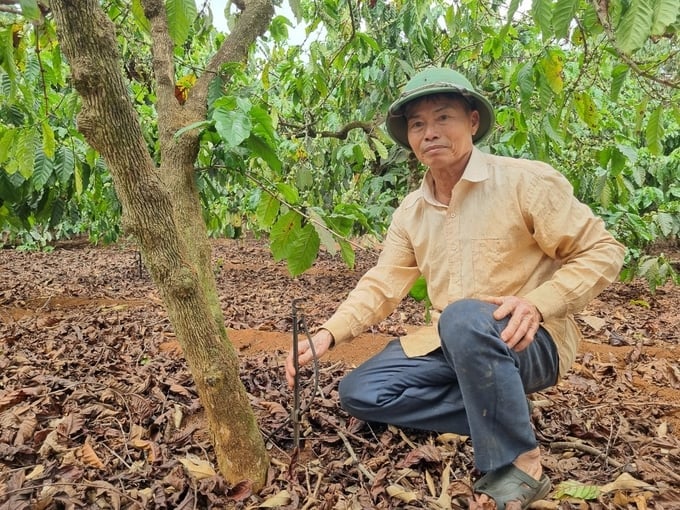
Mr. Cach's coffee garden is equipped with a sprinkler system to produce high-quality coffee. Photo: Tuan Anh.
Producing high-quality coffee helps Mr. Cach’s family save time and effort in drying, while the selling price is more than 10 million VND/ton higher than regular coffee. Last year, the coffee crop was good, the family harvested 5 tons of beans/ha. With the current price of over 100,000 VND/kg, the family has a bumper crop of coffee.
Referring to the idea of developing high-quality coffee, Mr. Cach said that after learning about high-quality coffee models in Dak Lak, he researched and bought equipment to implement it. Developing high-quality coffee is becoming a trend that helps increase productivity and coffee quality, increasing family income.
“If we pick too many green coffee berries, the yield will decrease and the quality of the coffee will be affected. Being aware of that, my family carefully picks ripe coffee in many batches. Although it takes more effort, the advantage is that it protects the coffee branches. In addition, the family also uses organic fertilizer to fertilize the plants. With this method, production costs are reduced by about 30% compared to before, but in return, the productivity is achieved and the selling price of coffee is also higher,” Mr. Cach shared.
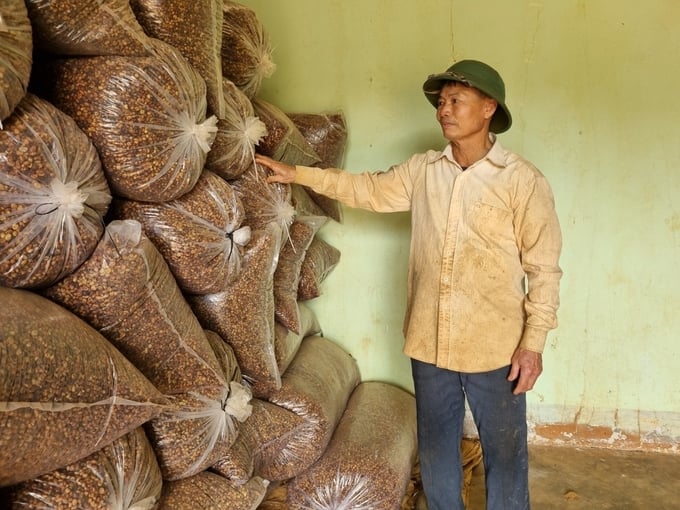
High quality coffee beans are carefully preserved by Mr. Cach's family. Photo: Tuan Anh.
Right after Mr. Cach’s family started producing high-quality coffee, many people in the area came to learn and study. Mr. Cach said that the most important factor in making high-quality coffee is to have “the garden next to the house, the house next to the garden” so that the coffee can ripen evenly. If coffee is grown in the fields, far from the house, when the coffee reaches the stage of ripening and is not harvested, it will easily be stolen. In addition, the family must have a 3-phase power line to provide water for irrigation and coffee processing.
In addition, to get high quality coffee, the family must build a concrete yard and invest in a proper greenhouse drying system to achieve the best results.
Introducing the warehouse of high-quality coffee beans, Mr. Cach excitedly said that his family still has 15 tons of coffee beans, the current selling price is over 100,000 VND/kg, expected to earn more than 1.5 billion VND.
Mr. Phan Dinh Tham, Head of the Department of Agriculture and Rural Development of Ia Grai district, said that, aiming at sustainable coffee development, in recent times, the Department has encouraged people to replicate and apply appropriate water-saving irrigation technology, promote organic coffee production, with certifications meeting 4C, VietGAP, UTZ standards... At the same time, implementing a coffee replanting program throughout the district, prioritizing agricultural and forestry capital to support people with high-yield coffee varieties, grown in an organic direction.
Source: https://nongsanviet.nongnghiep.vn/quay-lung-hoa-chat-vuon-ca-phe-xanh-muot-giua-nang-han-khoc-liet-d384778.html



![[Photo] Welcoming ceremony for Prime Minister of the Republic of Singapore Lawrence Wong on an official visit to Vietnam](https://vstatic.vietnam.vn/vietnam/resource/IMAGE/2025/3/26/445d2e45d70047e6a32add912a5fde62)

![[Photo] Head of the Central Propaganda and Mass Mobilization Commission Nguyen Trong Nghia works with key political press agencies](https://vstatic.vietnam.vn/vietnam/resource/IMAGE/2025/3/26/3020480dccf043828964e896c43fbc72)

![[Photo] Close-up of old apartment building waiting to be renovated](https://vstatic.vietnam.vn/vietnam/resource/IMAGE/2025/3/26/bb2001a1b6fe478a8085a5fa20ef4761)
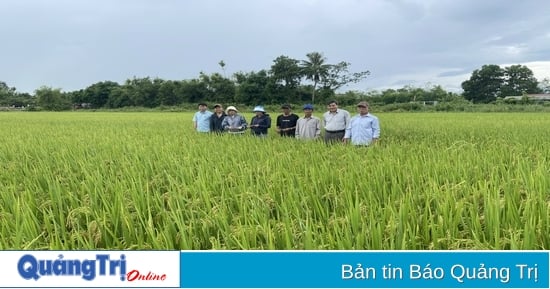

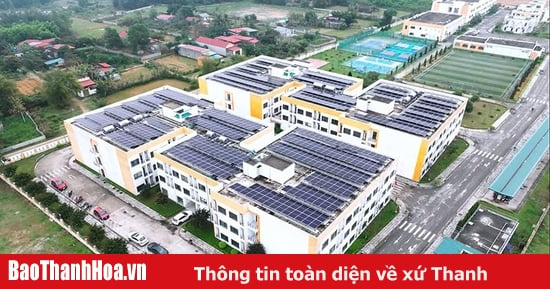
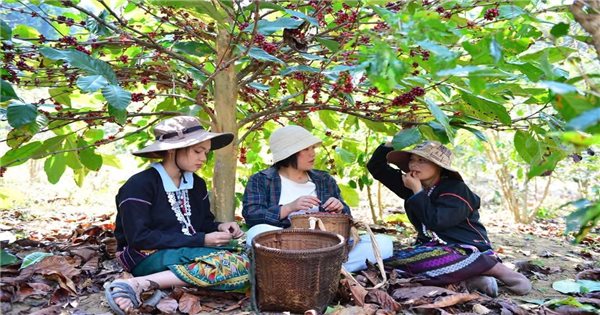

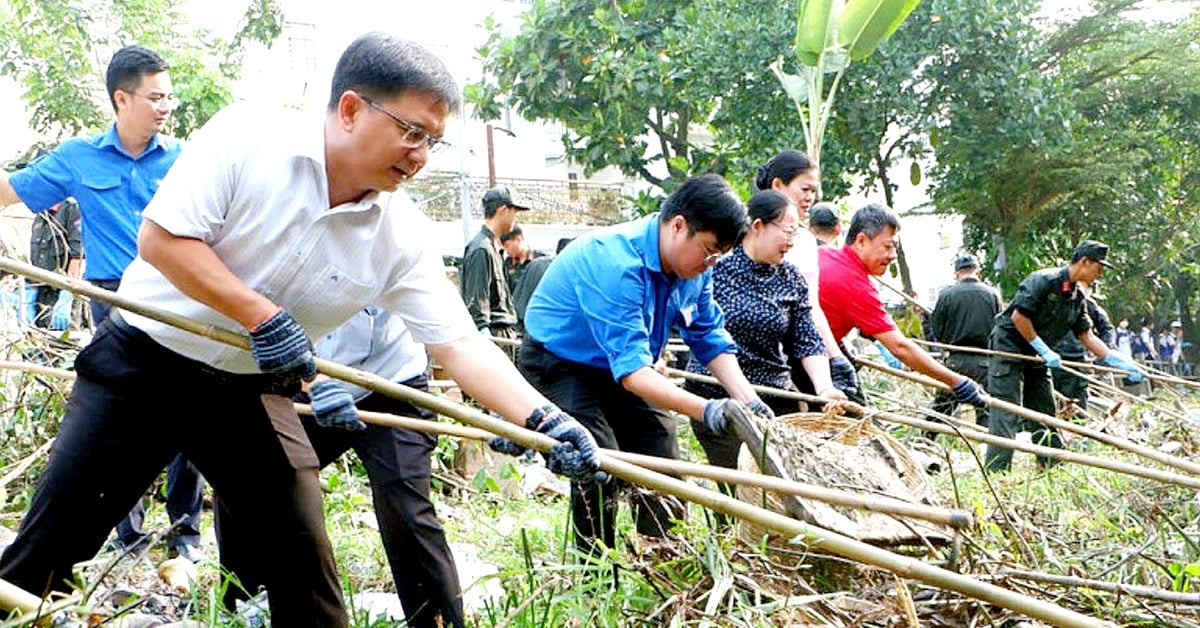

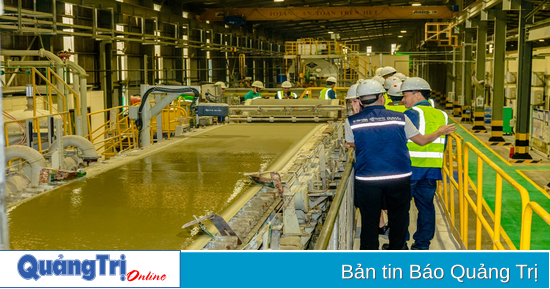

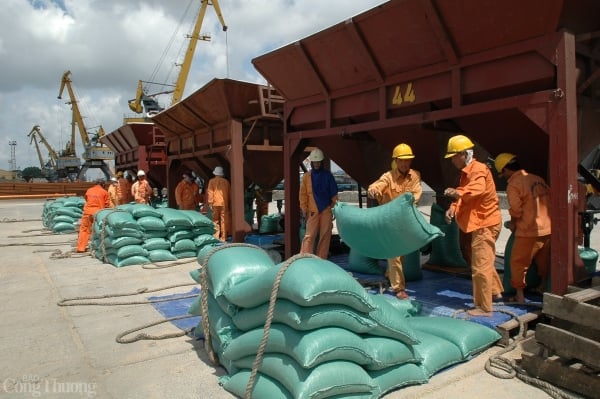

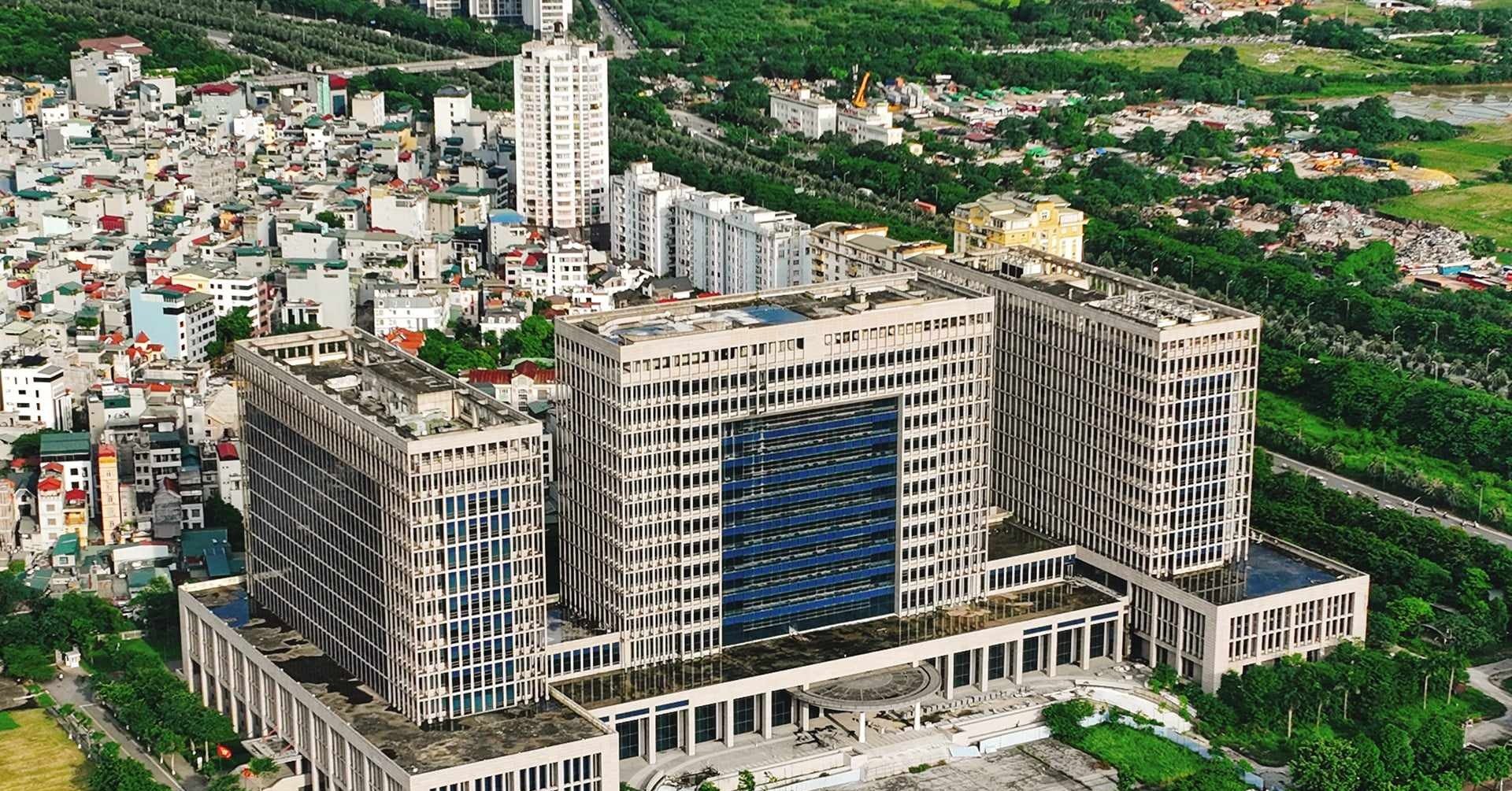

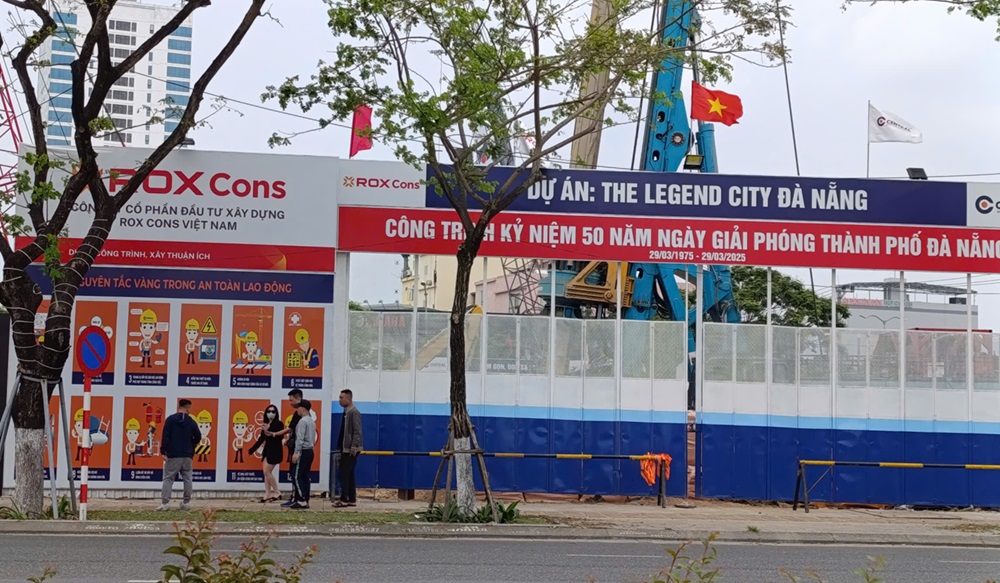
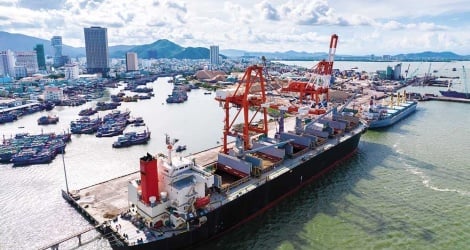




![Bright future of mulberry and silk in the Northern mountainous region [Part 2]: Potential to become a large production area](https://vstatic.vietnam.vn/vietnam/resource/IMAGE/2025/3/26/39aecb5ed8214afe8aea02c98061707a)
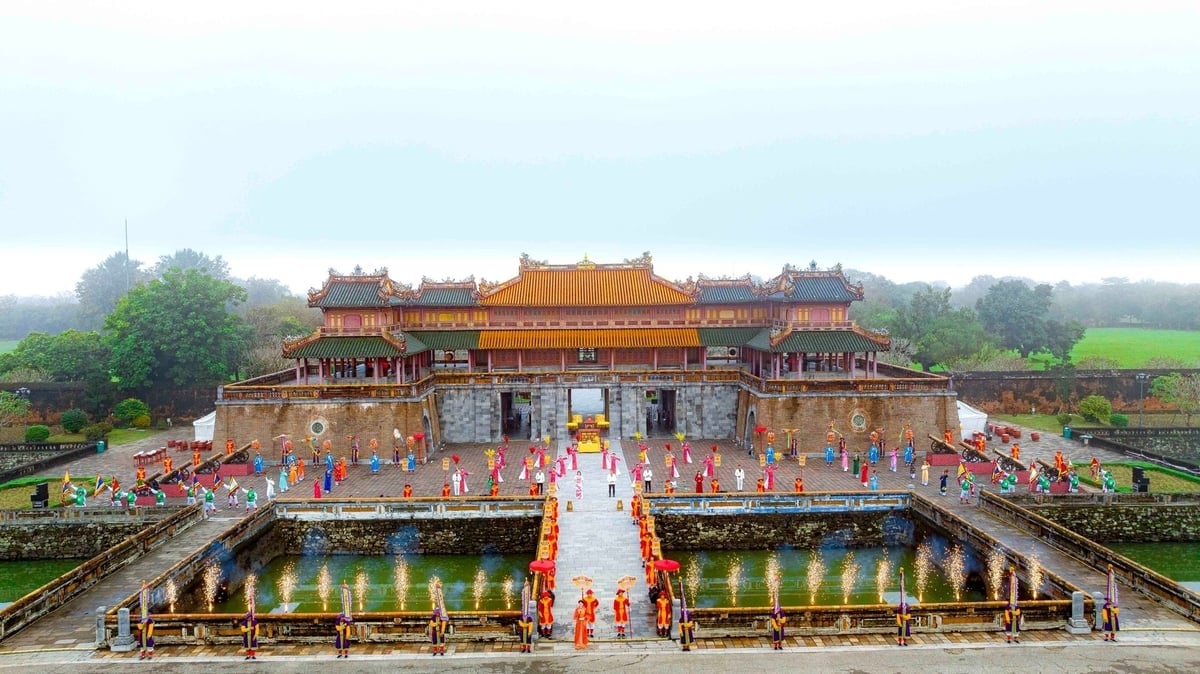
![Pork price 'storm' sweeps: [Part 4] Farmers 'out of breath', businesses take over the playing field](https://vstatic.vietnam.vn/vietnam/resource/IMAGE/2025/3/26/307d8570695045838e31d51973f5af7a)
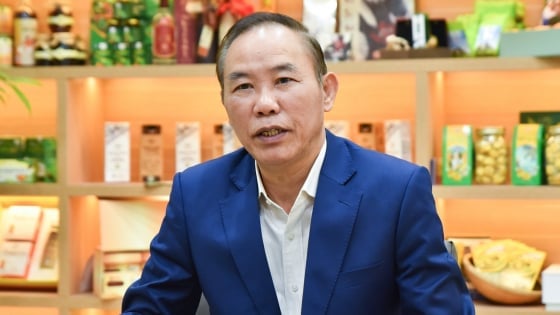
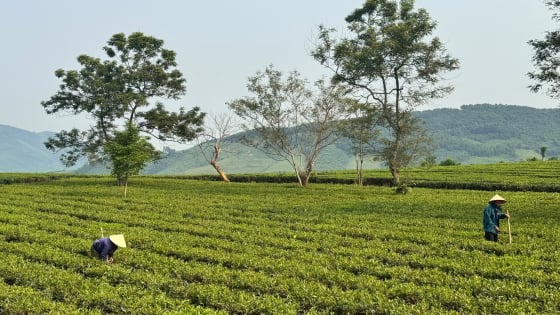
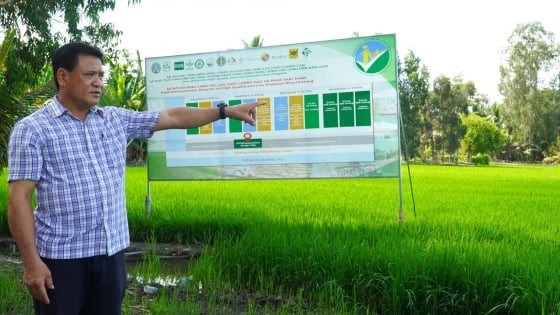


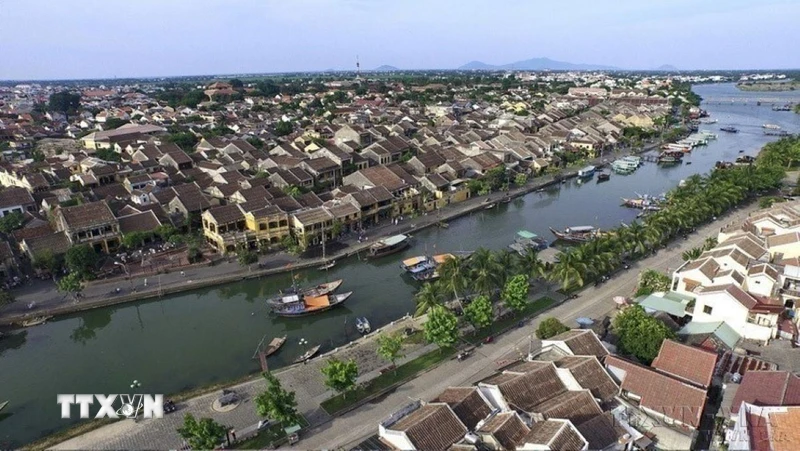





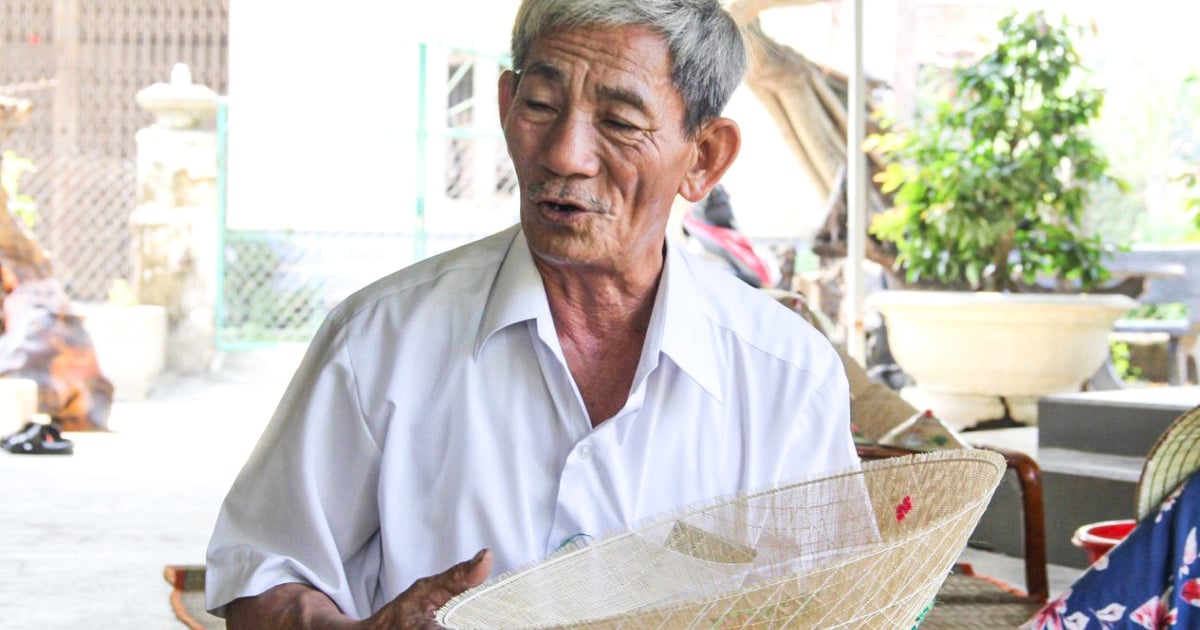

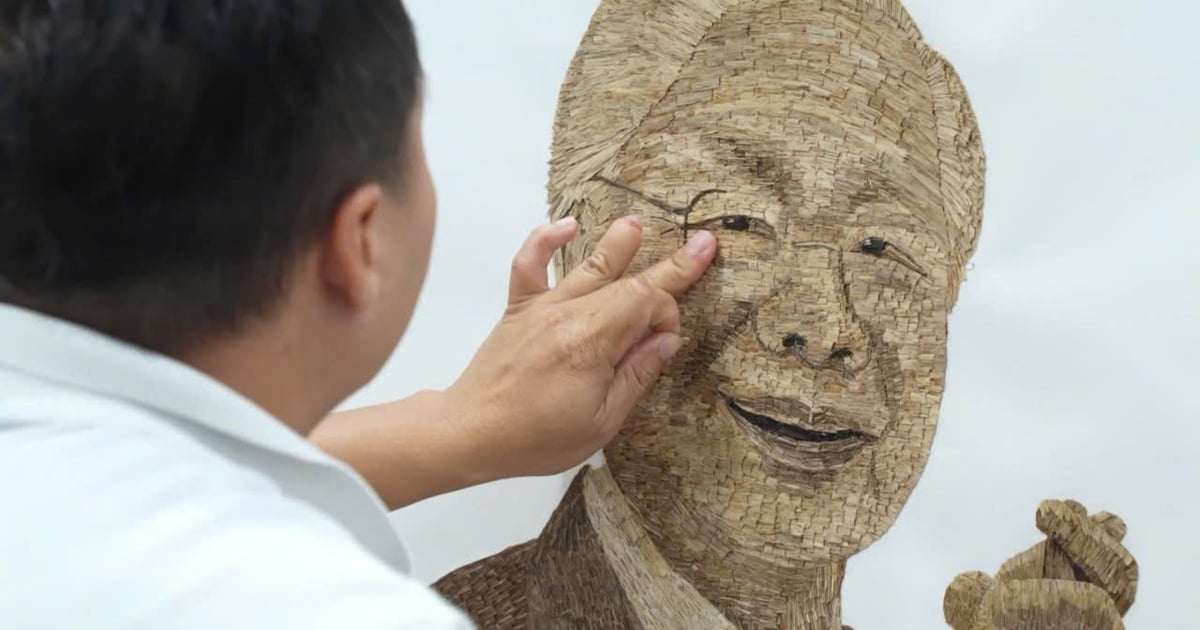
















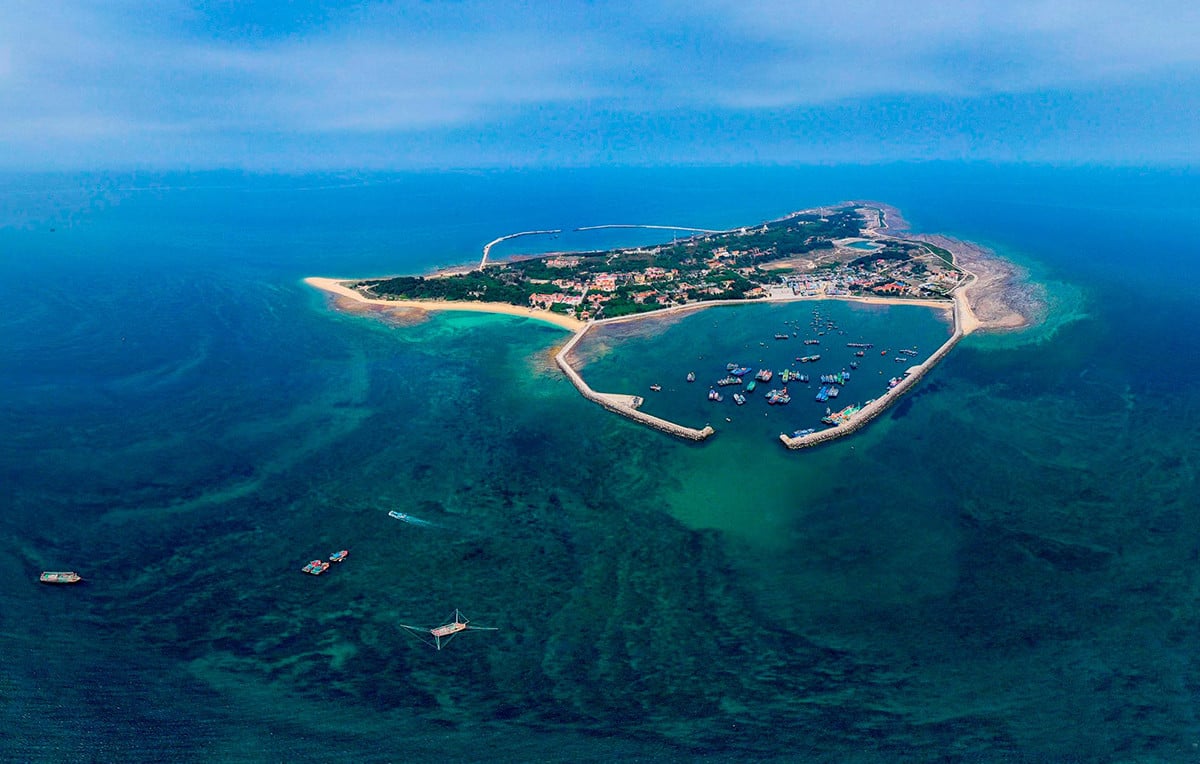





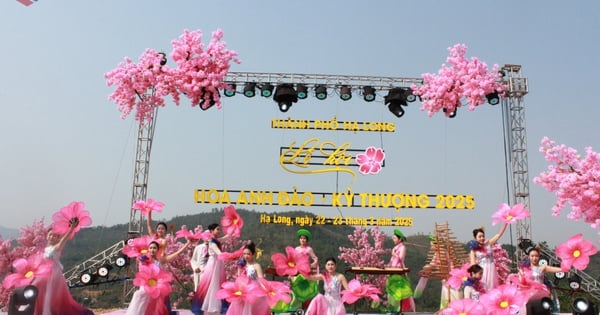


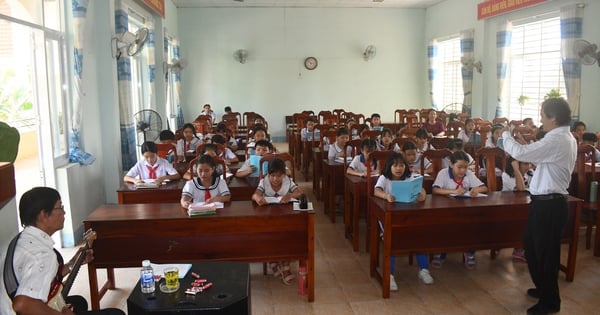





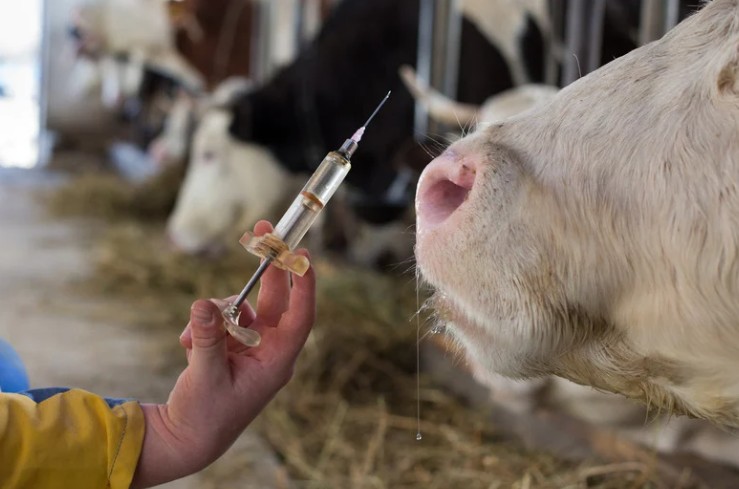



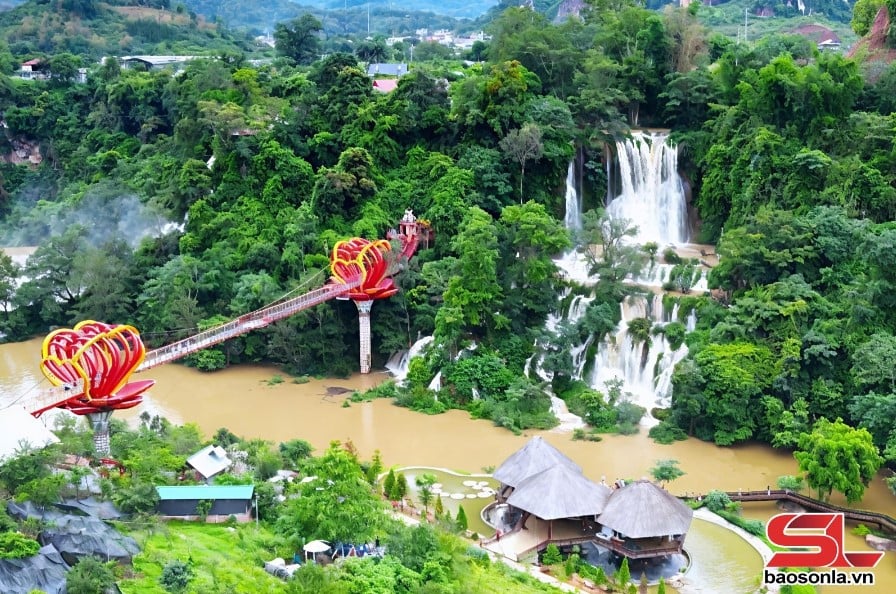


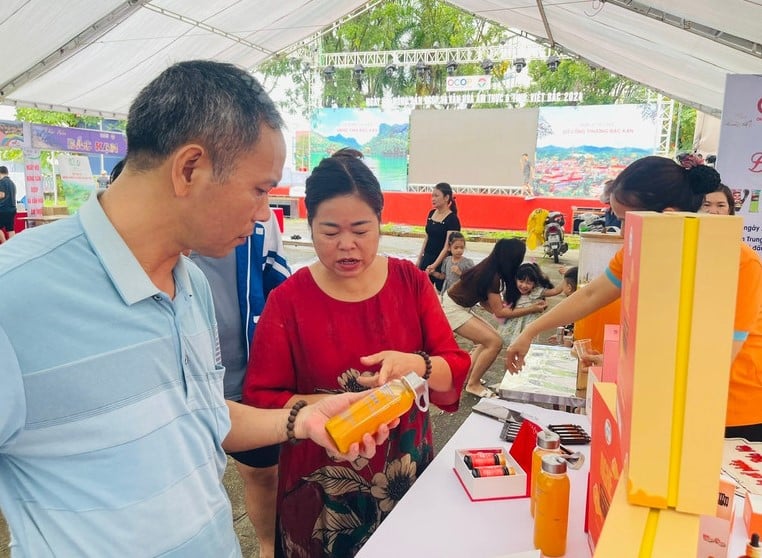
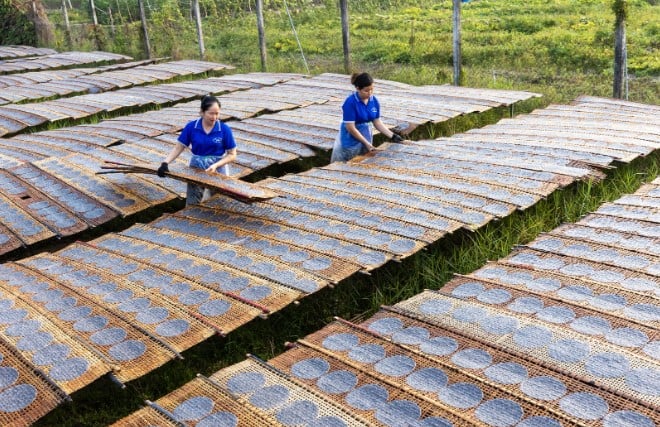

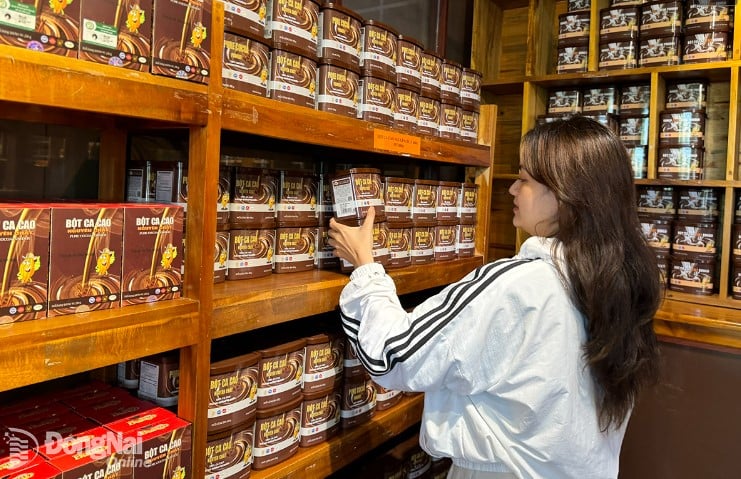
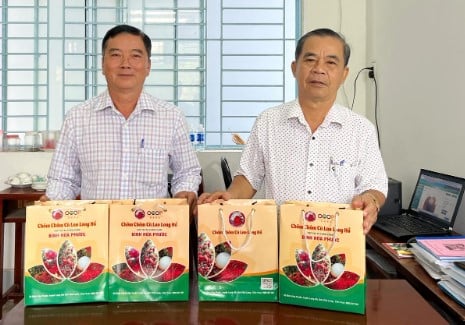
Comment (0)